| Structure | Name/CAS No. | Articles |
|---|---|---|
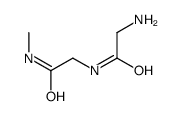 |
Fibrin
CAS:9001-31-4 |
|
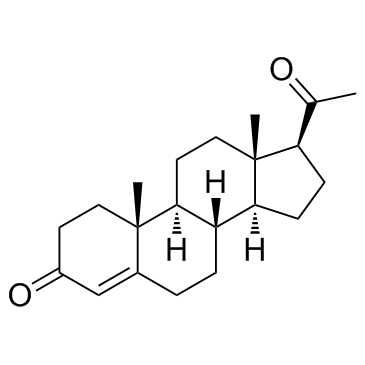 |
Progesterone
CAS:57-83-0 |
|
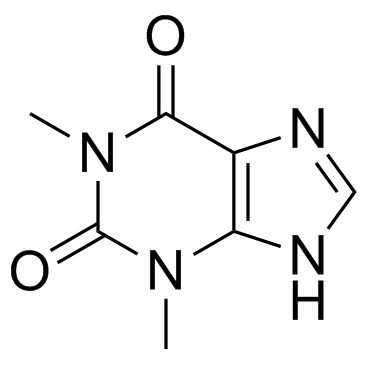 |
Theophylline
CAS:58-55-9 |
|
 |
Urokinase
CAS:9039-53-6 |
|
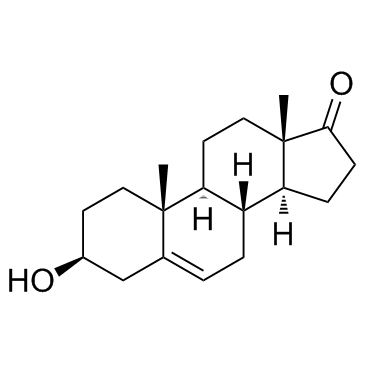 |
Dehydroepiandrosterone
CAS:53-43-0 |
|
 |
Adrenaline
CAS:51-43-4 |
|
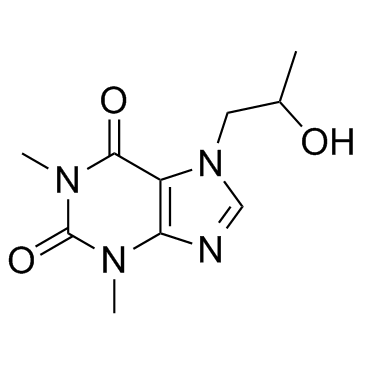 |
Proxyphylline
CAS:603-00-9 |